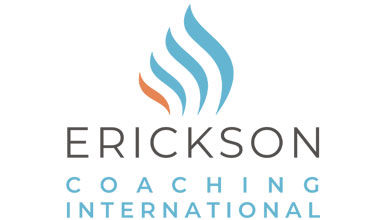ATD Blog
7 Proven Strategies to Cultivate Leadership Talent Through Coaching
Wed Dec 06 2023

There has never been a greater need for good leadership. Organizations are looking for new ways to spot and develop leadership potential within their ranks. Through this expertise, tested techniques have been discovered to help organizations produce strong leaders.
Begin the leadership development process by identifying employees with potential. Look for individuals who demonstrate exceptional skills and a strong commitment to personal and professional growth. These individuals often exhibit qualities such as adaptability, emotional intelligence, and a natural inclination to lead. You can look for these markers as early as during interviews before making hiring decisions.
Create personalized development plans for every aspiring leader. Avoid generic solutions, as they often fall short. Instead, assess each individual’s strengths and areas needing improvement through thorough evaluation and discussions. Tailor coaching programs to their specific needs. These plans should evolve as the individual progresses on their leadership journey, ensuring continuous growth and adaptation.
Leadership development programs should focus on enhancing potential leaders’ communication skills, a vital aspect of effective leadership. Coaches should collaborate with individuals to improve their ability to articulate ideas clearly and listen actively. Remarkably, 87 percent of participants report improved communication through coaching. Strengthening these skills nurture relationships and enhances team dynamics, emphasizing the importance of effective communication in leadership.
Leaders with high emotional intelligence are better equipped to navigate complex interpersonal relationships. Coaching sessions can include exercises to enhance self-awareness, empathy, and social skills. These qualities enable leaders to inspire and motivate their teams effectively.
Assigning significant responsibilities to potential leaders is key in their development. It gives them a chance to showcase their skills and initiative, building confidence and accountability. Hands-on experience enhances their decision-making abilities and problem-solving skills, preparing them for leadership roles. This approach nurtures capable and resilient leaders, ensuring a strong organizational future.
Leadership development is a continual process. Encourage leaders to participate in continuous learning opportunities such as workshops, seminars, and continuing education. A dedication to continual learning ensures that leaders stay updated on current trends and consistently improve their abilities.
Lead by example: HR and TD professionals must showcase the qualities they aim to develop in potential leaders. Demonstrating leadership through actions, integrity, and professionalism reinforces the importance of these traits. By embodying these qualities, HR professionals not only set standards for leadership within the organization but also create a culture of excellence and integrity.
Use these to set your future leaders and managers up for success. These seven tried-and-true methods act as a beacon on the challenging path of developing leadership potential through coaching. This strategy ensures that leaders not only prosper but also motivate others to realize their full potential, where adaptability and vision are crucial.

